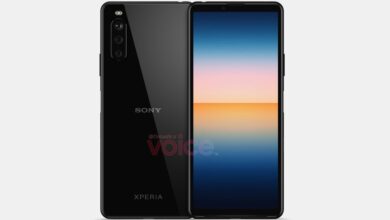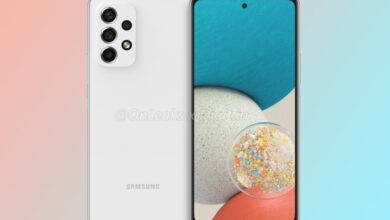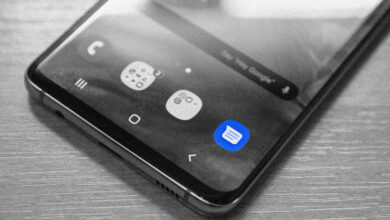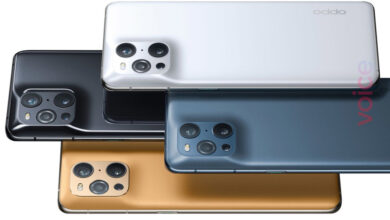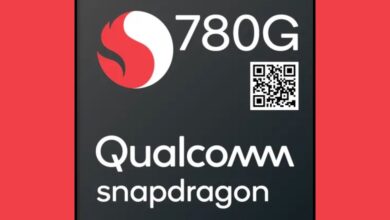Huawei P40 Pro+ cameras explained: The best camera phone?
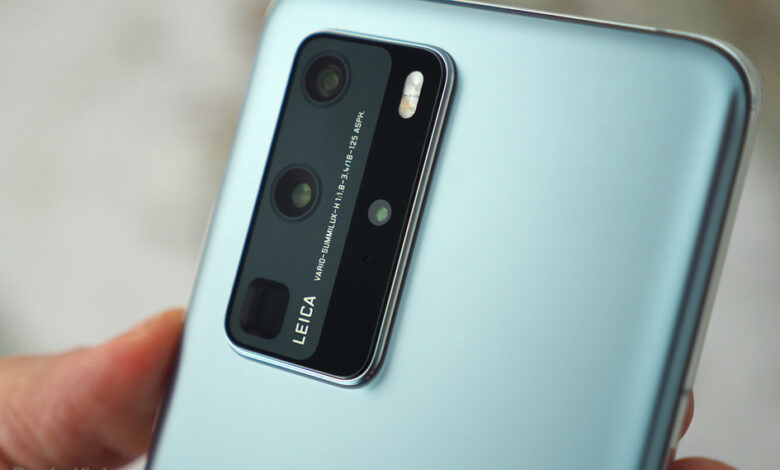
(Pocket-lint) – These days if you hear about a phone with fewer than two rear cameras it’s a bit of a surprise. Manufacturers are cramming more lenses and sensors into handsets than ever before. Indeed, the Huawei P40 Pro+ has a penta camera arrangement – that’s five cameras on its back – to offer greater versatility in shooting.
But why those five cameras, what can the various lenses do, and does the P40 Pro+ offer the best cameras in a phone as a result? Here’s a breakdown of what’s what.
Huawei P40 Pro+: Why 5 cameras?
- 1: Main camera: 50MP SuperSensing sensor, 1/1.28in size, f/1.9 aperture, 24mm equivalent, optical stabilisation (OIS)
- 2: Ultra-wide camera: 40MP cine lens, f/1.8, 18mm
- 3: Zoom lens #1: 3x optical (72mm), 8MP, f/2.4, OIS
- 4: Zoom lens #2: 10x optical (240mm) periscope, 8MP, f/4.4, OIS
- 5: Time-of-Flight (ToF) depth sensor
The reason to have more than one camera is to offer different views onto the world. One lens might not be wide-angle enough to squeeze in that group shot, for example, or you might want to shoot a subject further away without losing quality and therefore use a zoom.
This is the reason the Huawei P40 Pro+ has five optics on its rear camera, each linked to their own individual sensor. There’s the main camera – which we’ll detail more below – and a wider-angle offering to fit more into the frame, alongside two zoom lenses to enable further away subjects to appear close-up in the frame.
The fifth “camera” on the P40 Pro+ is a depth sensor, or Time-of-Flight sensor, which arguably isn’t a traditional camera as such, as its small amount of resolution data is only utilised to map out distance – which can then be used by software to aid background blur (bokeh) with greater accuracy.
Huawei P40 Pro+: What’s a SuperSensing sensor?
- Red, yellow, blue array (RYYB) [Not red, green, blue (RGB)]
- Yellow frequency better for low-light capture
The P40 Pro+ does more than just chuck a bunch of cameras together, though, as Huawei is using its own technologies in further creative ways. The first of which is the SuperSensing sensor that the main camera uses.
The idea behind this – which we first saw in the P30 Pro – is to read red, yellow and blue light (in a RYYB 4×4 arrangement) rather than the usual red, green, blue (RGB – usually in what’s called a Bayer array). Yellow light frequencies respond differently and, therefore, are better for low-light shooting in terms of what the sensor can derive from incoming light information. It really works, too, as we pointed out in our Mate 30 Pro and P40 Pro reviews.
However, this particular sensor goes even further. First up, it’s 50-megapixels, making it highly resolute. Secondly, its size, at 1/1.28in, is roughly double that of a normal phone-camera sensor. That means each ‘pixel’ on its surface is larger, granting greater light-gathering properties.
Furthermore, Huawei uses a four-in-one processing method (oversampling) where the end results are 12.5-megapixels, delivering even crisper images in this downsized yet still large-format scale. You can shoot at full resolution if you would rather too. This is a fairly common methodology for most phone cameras now.
Huawei P40 Pro+: Are 5 cameras better than 1?
- 18mm, 24mm, 72mm and 240mm equivalent focal lengths
- Ultra-wide, standard, and two separate zoom lenses
A lot of cameras offer “zoom”, but if it’s digital zoom then all it’s doing is cropping into the image and creating imaginary pixels from the ones around it (similar to upscaling).
Yes, there are intelligent algorithms that can do this in clever ways – but the resolve of digital zoom cropping is never as refined as a true optical zoom, where a lens is designed to give optimum detail.
That’s why the P40 Pro+ has two zoom lenses. If it just jumped from its main camera all the way up to its zoom maximum that’d be excessive. By adding ‘steps’ between – here a 3x zoom before the 10x – it’s able to gather information from the main sensor and two zooms to compile the best information from them all, for the best possible results.
It’s still possible to pinch-to-zoom in-between those given focal lengths – such as 2x, 5x, 7x and so on – with results still pretty decent thanks to this combination method.
We’re a little perplexed why the P40 Pro+ didn’t opt for the 5x optical zoom and RYYB sensor of the P40 Pro, though, as that combination would surely make better sense. Perhaps it’s just being saved for the ‘P50 Pro’, eh?
Anyway, having all these lenses, used to complement one another, doesn’t feel like you’re using five cameras. The experience is fluid between the lot, thus the penta setup is really all about enabling greater versatility and shooting potential. So, yes, having five cameras is certainly better than one or two.
Huawei P40 Pro+: So is it the best camera phone?
Having used the P40 Pro+ we can confirm it’s a really adept shooter. However, so are so many other phones these days. From the Oppo Find X3 Pro and its quirky macro camera, to the Samsung Galaxy S21 Ultra and its more measured approach to camera selection.
Plus, as we’ve highlighted elsewhere, Huawei phones no longer support Google Play Services, as such the app store is instead Huawei App Gallery – which doesn’t contain as many apps, while lacking other go-to apps. There are workarounds, such as Petal Search, but from a core consumer point of view it’s not a standard experience.
So while the P40 Pro+ cameras may be great, there’s a wider question over the suitability of this device for a wider audience.
Writing by Mike Lowe.


